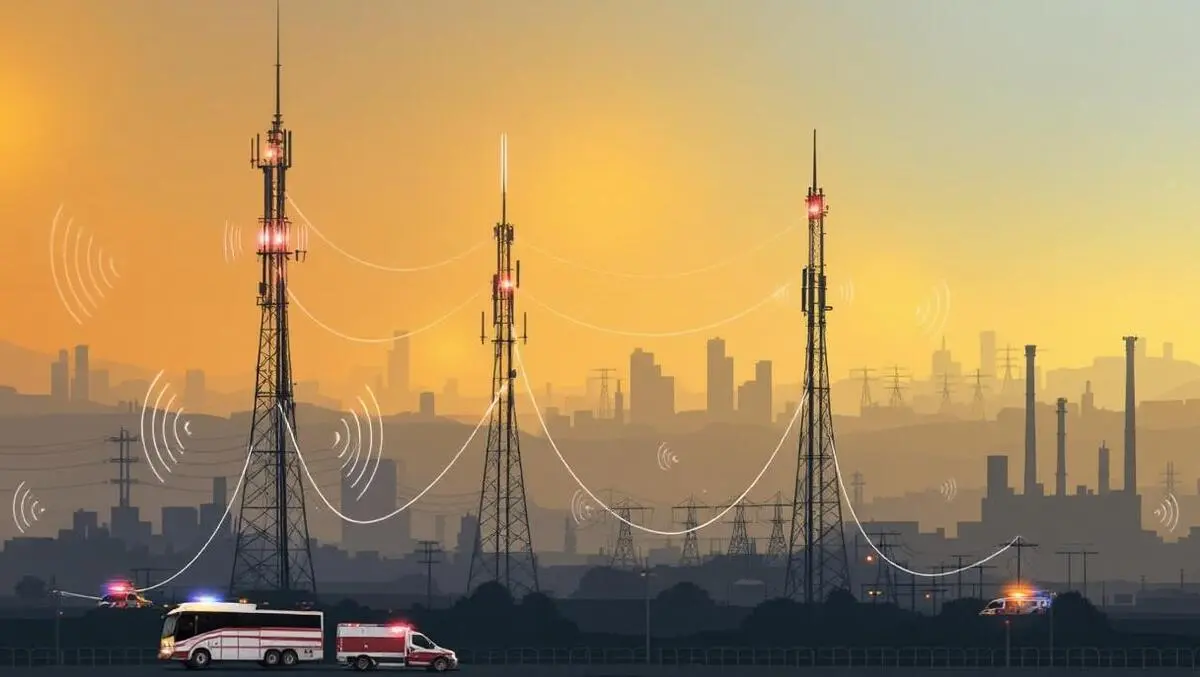
TCCA explores broadband & LMR network integration for safety
TCCA has released a new white paper examining how critical broadband networks can interwork with existing narrowband land mobile radio (LMR) networks used for mission-critical services.
The publication, entitled 'Interworking Function (IWF) Interworking of LMR networks with 3GPP Mission Critical Services', was authored by TCCA's IWF Working Group. It explores both the opportunities and the technical challenges involved in linking LMR networks - including systems such as TETRA - with 4G and 5G-based 3GPP Mission Critical Services (MCX), using the standardised Interworking Function (IWF).
Integration strategies
The white paper highlights the need for critical networks, especially those supporting public safety, to integrate new broadband technologies without immediately replacing reliable LMR systems. Instead, it advocates a phased migration, beginning with hybrid LMR–MCX configurations to ensure continued operational dependability. The document details how a step-by-step approach, supported by the IWF, offers public safety organisations a pragmatic way to adopt broadband communications alongside established narrowband systems.
The report addresses the technical state of the IWF standard, highlighting current and emerging feature capabilities and industry adoption levels. It notes support from standards bodies such as ETSI and 3GPP, underscoring the essential role of standards-based interoperability in achieving robust network integration.
Key opportunities discussed in the white paper include seamless voice interoperability between LMR and MCX, data service integration, the ability to support both network types in parallel, multimedia feature enhancements for LMR users, and unified control room integration. This allows mission-critical users to benefit from both the reliability of LMR and the expanded functionality of broadband services, such as real-time data transfer and high-resolution video.
Applications beyond public safety
Although the core application of MCX lies in public safety, the white paper points out that its relevance extends to other sectors. Defence, utilities, critical infrastructure, mining, oil and gas, and major event management are among the fields identified as requiring dependable and efficient communications in high-stakes environments. All of these sectors face similar operational requirements, reinforcing the significance of the IWF as a tool for achieving robust, interoperable mission-critical networks.
The technical assessment provided includes consideration of both standardised and proprietary architectural approaches for interworking LMR networks with MCX services. The document presents TETRA as a representative case but confirms that the principles can be applied to other narrowband solutions, including APCO P25.
Industry perspectives
"Congratulations all the members and industry experts from TCCA who contributed to the preparation of this important white paper. End users need hybrid co-existence or graceful transition of critical networks to ensure functional and operational interoperability. Standards based IWF will be essential to delivering this enhanced capability. TCCA supports harmonising a multivendor approach," said TCCA CEO Kevin Graham.
The white paper concludes that a hybrid LMR–MCX model is both practical and scalable, supporting operational continuity, encouraging user adoption, and offering scope for ongoing technical improvements during the transition to broadband services. The integration enabled by IWF is presented as a method to enhance mission-critical communication resilience now and into the future.


